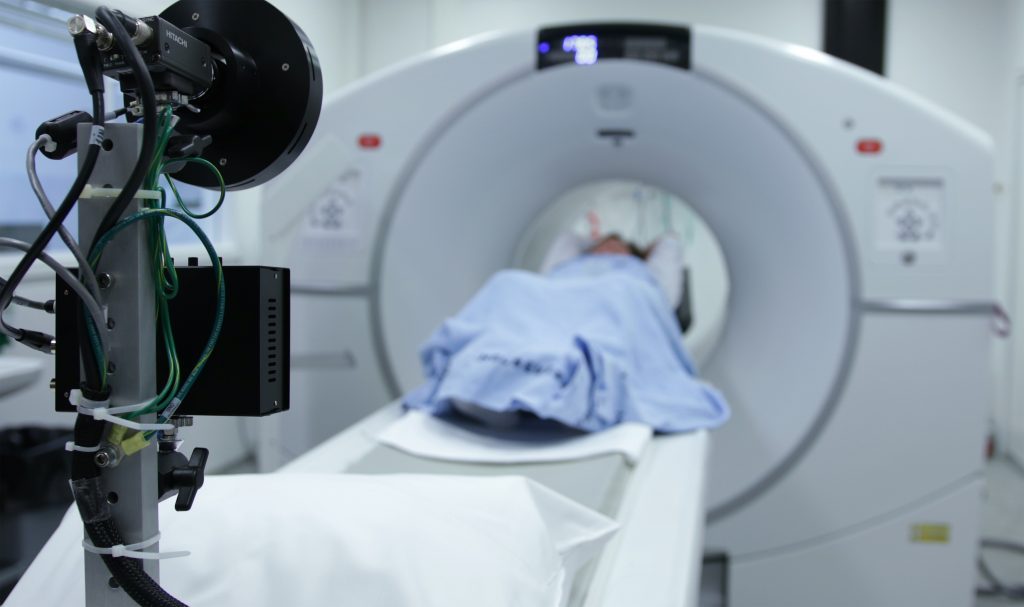Out with the old and in with the new as people always say. Replacing your radiation equipment is a must in the cancer treatment world to better provide quality and efficient services to cancer patients worldwide. If repairs to linear accelerators exceeds the value of the machines, it is best to begin looking at buying a new or refurbished linear accelerator to replace it. The removal of your equipment is no easy task and should consult the professionals that are experienced in this process to comply with state regulations, liability and safety concerns, and to ensure it is done properly so that you do not spend additional money to get services done multiple times.
Preventing Prolonged Downtime
With every linear accelerator replacement or removal, a clinic will expect to have treatment for their clinics to be suspended. This delay can be very difficult and dangerous for many cancer patients due to the nature of the sickness. Radiation therapy destroys the DNA of cancerous cells much faster than healthy cells which is a large advantage in cancer treatment. Healthy cells recover from radiation quicker sometimes even by the next days treatment while the cancer cells continue to become weaker. Interruptions to this treatment schedule will allow cancer cells to grow back and gain strength so down time is not really an option for many of people. Having to travel to a new hospital for treatment is not ideal so many clinics may try to have a second machine that can be of use, but this too can be an expensive alternative for the companies.
Moving the Linear Accelerator Equipment
The process of moving a linear accelerator to a new location or for disposal can be quite a large task and by large they estimate roughly 25,000 pounds that stand over 8 feet high. Despite their massive size, they are very fragile and must be moved properly and with most care which can take extensive amount of time anywhere from 4 to 8 weeks even. Depending on the type of linac being removed, concrete floors or walls may have to be broken around the base frame so that future construction for renovations can be completed.
Purchasing Refurbished Equipment Vs New
When ready to purchase a replacement linear accelerator there are a few options to consider since this is a big financial decision. A new linear accelerator on average can cost $2,928,771. Purchasing a refurbished linear accelerator is considerably less in comparison. A refurbished or used linear accelerator does not mean that it is old or outdated technology. Many newer style oncology equipment can be found on used product market. Buyers can purchase the latest technology at a more affordable price with refurbished. Another advantage, many of the machines are upgraded frequently with platforms designed for the used systems.
Radparts is the world’s largest independent distributor of OEM replacement parts for Linear Accelerators and Radiation Oncology equipment. Radparts provides high quality, user friendly, low cost parts and support for linear accelerators and radiation equipment. More information can be found at https://www.radparts.com/.
